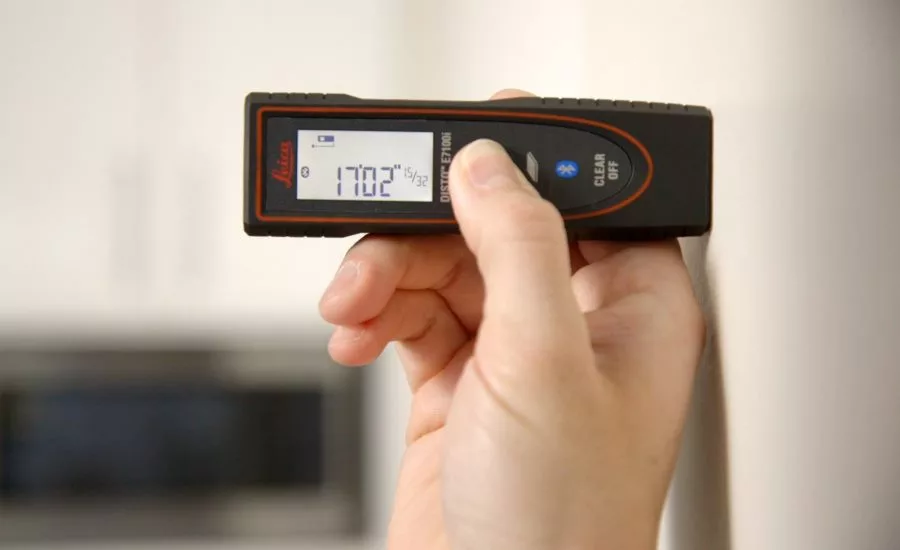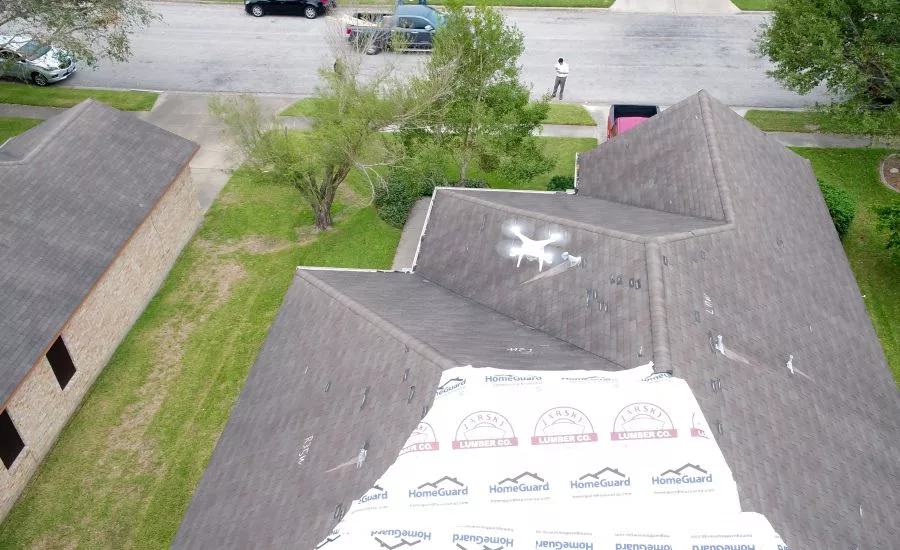Capabilities of the Modern Restorer


Today’s contractor does more – and does it faster – than ever.
Restoring, remodeling, or building a home still requires great skill and hard work. Digital tools can’t do much to change that part of the job.
But those same tools have revolutionized many other aspects of a contractor’s job – making it easier and simpler to conduct business so they can focus on great craftsmanship at the job site.
For example, using a tablet, a laser measuring device, and a little know-how, today’s contractor can create bids, manage a work site, and place orders with whichever local vendor offers the best price for drywall or shingles. That same contractor can then connect with customers and communicate with subcontractors using social media and collaborative software.
All of which is good, since the contractor of 2018 is going to need that economy of effort. Housing starts were up 9.3 percent in 2016 over the previous year with the trend expected to continue. Add to that the rebuilding work after 2017’s active hurricane season and a long-term trend for increasing hail damage, and we can expect increasing demand for home restoration and rebuilding.
Happily, contractors are using new tools to rise to the occasion. Here are some of the things the modern contractor can do that were unimaginable only 10 years ago:
Create estimates on the go
Mobile estimating is here. Mobile estimating tools have been available since the 1990s, but the hardware was bulky and connectivity was either iffy or non-existent. Your desktop computer, tied to your office, was by far the best digital estimating tool.
When Apple sold its first iPhone 10 years ago, it jumpstarted a revolution for all kinds of mobile applications – including those for home restoration, renovation, and remodeling.
Today’s contractor can scope a room in half the time—even faster if he or she is using a Bluetooth-connected laser device that measures a room and then transfers those measurements directly to a tablet. The newer programs are more intuitive and require less training.
Often the contractor can build out complete floor sketches, provide a customer with a professional bid, and the customer can sign off on the estimate—all on the same visit using one mobile device.
Assisted estimating
Property data from satellite aerial imagery and fixed-wing aircraft high-resolution photography has been available for years. But today's contractor is adding drone-based photography to that mix, and bringing a new dimension to using aerial images for construction estimating. Drones gained national attention this year when they were used to examine damage created during a very active hurricane season in Texas and Florida.
Here are a few examples of how this technology promises to change the industry:
- Artificial intelligence can extract meaningful property data from images, and it can quickly get that data into the hands of the contractors
- Drone technology makes it simple and safe to inspect roof damage without having to physically climb on the roof
- A window contractor can get a complete list of every window in a building using data from an aerial imagery service—complete with window size—without a tape measure
Customer collaboration
Today's contractor uses real-time collaboration to interact with customers on their smartphones in new and exciting ways.
Video collaboration with customers using videotelephony tools helps the contractor get started on a job before ever visiting the job site. The smartphone also connects the contractor to all the players in a restoration project—including subcontractors, homeowners, and insurance adjusters—with dedicated communication portals that are a vast improvement over ordinary social media.
Of course, you can’t restore a home from the comforts of your office. But collaboration software lets a contractor easily keep a customer informed about the progress of a project with messages, pictures, and video.
Other tools in the digital tool box
And there’s more. Today’s contractor has a variety of software tools to make it easier to do work that used to be tedious and problematic:
- Compile contents inventories during a pack out and pack back with simple software tools
- Order materials from different suppliers at the same time in order to secure the best pricing, then using materials lists generated by that same software to build the bid
- Provide customers an opportunity to find new faucets, lighting fixtures, and more from a vast online inventory and have those materials delivered directly to the contractor
- Promote his or her company directly to local customers using targeted web sites that match their skills with the customer’s needs.
Just the beginning
There is more to come. In the future, artificial intelligence will become more intelligent. Software will be refined and improved. Drones will become better and easier to operate.
The contractors of today who take advantage of these tools will find themselves well-positioned to ride the wave of innovation into the future.
Looking for a reprint of this article?
From high-res PDFs to custom plaques, order your copy today!







